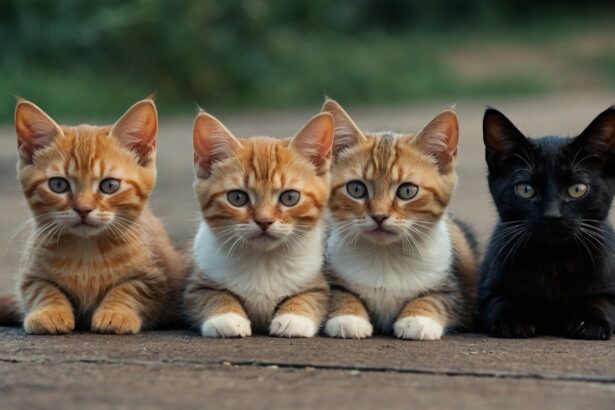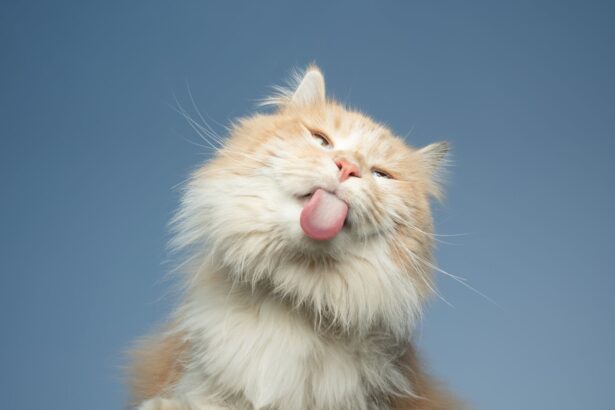Losing a beloved pet can be one of the most painful experiences in a human being’s life. As the parent of a diabetic cat, you may face additional challenges, including understanding when they’re at the end of their life and how to make them as comfortable as possible. With that in mind, we’ll break down what you need to know about the end of life in a diabetic cat, from symptoms to care.
Understanding feline diabetes
Diabetes is a common condition in cats, especially those who are obese or aging. According to the American Veterinary Medical Association, nearly one percent of adult cats are diabetic. Even more shocking, overweight indoor cats and those over seven years old are particularly susceptible to developing the disease.
Diabetes in cats is similar to that in humans: the body can’t produce enough insulin, or it can’t use it efficiently, resulting in high levels of glucose (sugar) in the blood. Without proper treatment, it can lead to serious complications, including an accelerated end of life.
Warning signs and symptoms of end of life in a diabetic cat
It’s essential to identify the signs that your cat with diabetes may be nearing the end of its life, so you can provide the support and care needed to make this period as comfortable as possible. Not all cats will show the same symptoms, but here are some common signs you should look out for:
- Behavioral changes: Cats at the end of their lives may become more distant or, on the contrary, more clinging. They may also start to hide or avoid their usual living areas.
- Sleep disturbances: A cat at the end of its life may sleep more or less than usual. Similarly, he may find it difficult to feel comfortable, and may frequently change position or lie down in an unusual way.
- Changes in appetite: Your cat may eat less than usual, or seem constantly hungry but still fail to gain weight. He may also drink more water than usual.
- Difficulty moving around: Cats at the end of life may have difficulty moving around. They may seem unsteady on their feet, have difficulty jumping or lie down constantly.
These are the most common signs, but each cat is unique and may present different symptoms. It’s important to discuss any changes in behavior with your vet, as they may also indicate other health problems.
Caring for a dying diabetic cat
As your diabetic cat nears the end of its life, its well-being is a top priority. You may need to make changes to his diet, carefully monitor his symptoms and even manage his pain with the help of your vet.
It is essential to maintain good communication with your veterinarian throughout this period. They can help you navigate end-of-life care, adjust your pet’s treatment plan and anticipate his changing needs. For example, they can help you determine what type and quantity of food to feed your cat, as well as adjust his insulin requirements as his condition changes.
Your pet’s comfort must be a key priority. This could mean assistance with moving around, placing extra bedding nearby for easy access, maintaining an appropriate room temperature and comfortable places to rest. Pain medication may be necessary and should be discussed with your veterinarian.
Coping with the loss of a diabetic cat
The loss of a beloved pet is incredibly painful. It’s important to know that grief is a personal process, and there’s no right or wrong way to experience it. Whether you choose to hold a ceremony or create a memorial in his honor, remember that it’s important to take time to grieve.
- Holding a ceremony can help you say goodbye in a formal way. This can be as simple as a minute’s silence in his honor, or a more elaborate ceremony with several participants.
- Creating a photo album can be a great way to remember the good times you’ve had together. It’s also a way of sharing your story with others.
- Placing a memorial stone in your garden in honor of your cat is a constant reminder of the love you share. It also provides a gathering place to remember and celebrate his life.
The end of a diabetic cat’s life is a difficult time for everyone involved. Remember that this is also the time to show him your ultimate love by making his last days as comfortable and loving as possible. An empathetic and competent veterinarian will be an invaluable ally during this period, ensuring that your precious pet has the best possible care.





